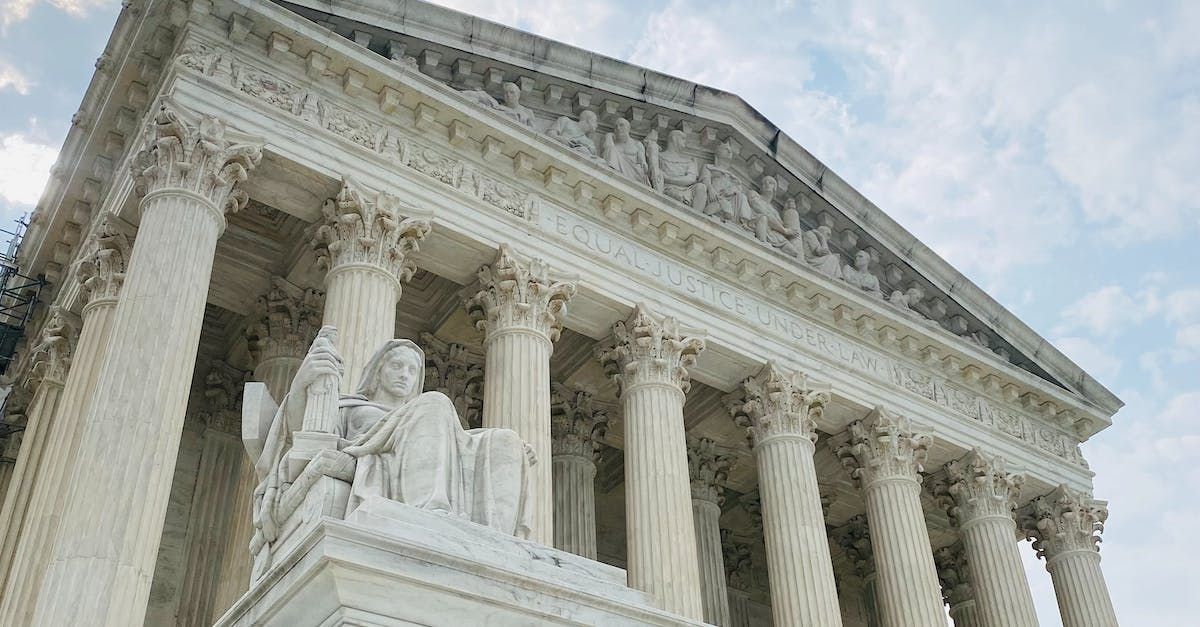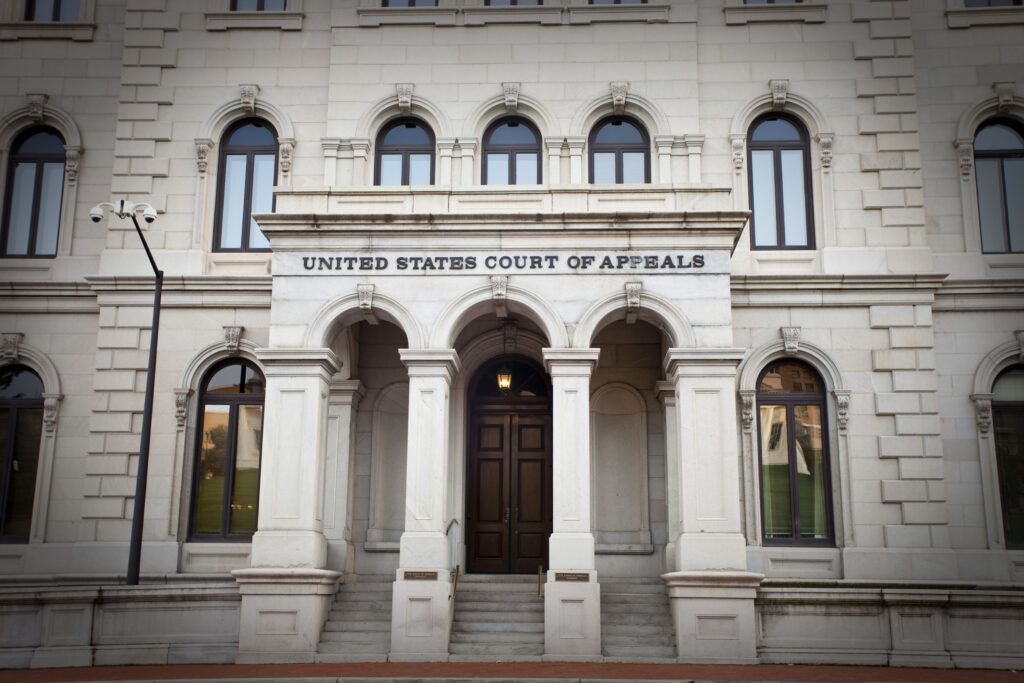Boutique Employment Law Firm
Established in 1982, Shaw Bransford & Roth P.C. is a boutique employment law firm based in Washington, D.C., renowned for its deep expertise in federal employment law and government affairs.
Results-Driven Approach
With a client-focused and results-driven approach, the firm offers a comprehensive range of legal services, including employment law representation, workplace investigations, government investigations, security clearance assistance, and mediation services.
Dedicated Attorneys
Our expert team of attorneys is dedicated to providing high-caliber services tailored to the unique needs of federal employees and agencies, ensuring effective navigation through complex legal challenges.
Practice Areas
Our People
What Our Clients Say
Latest News



















